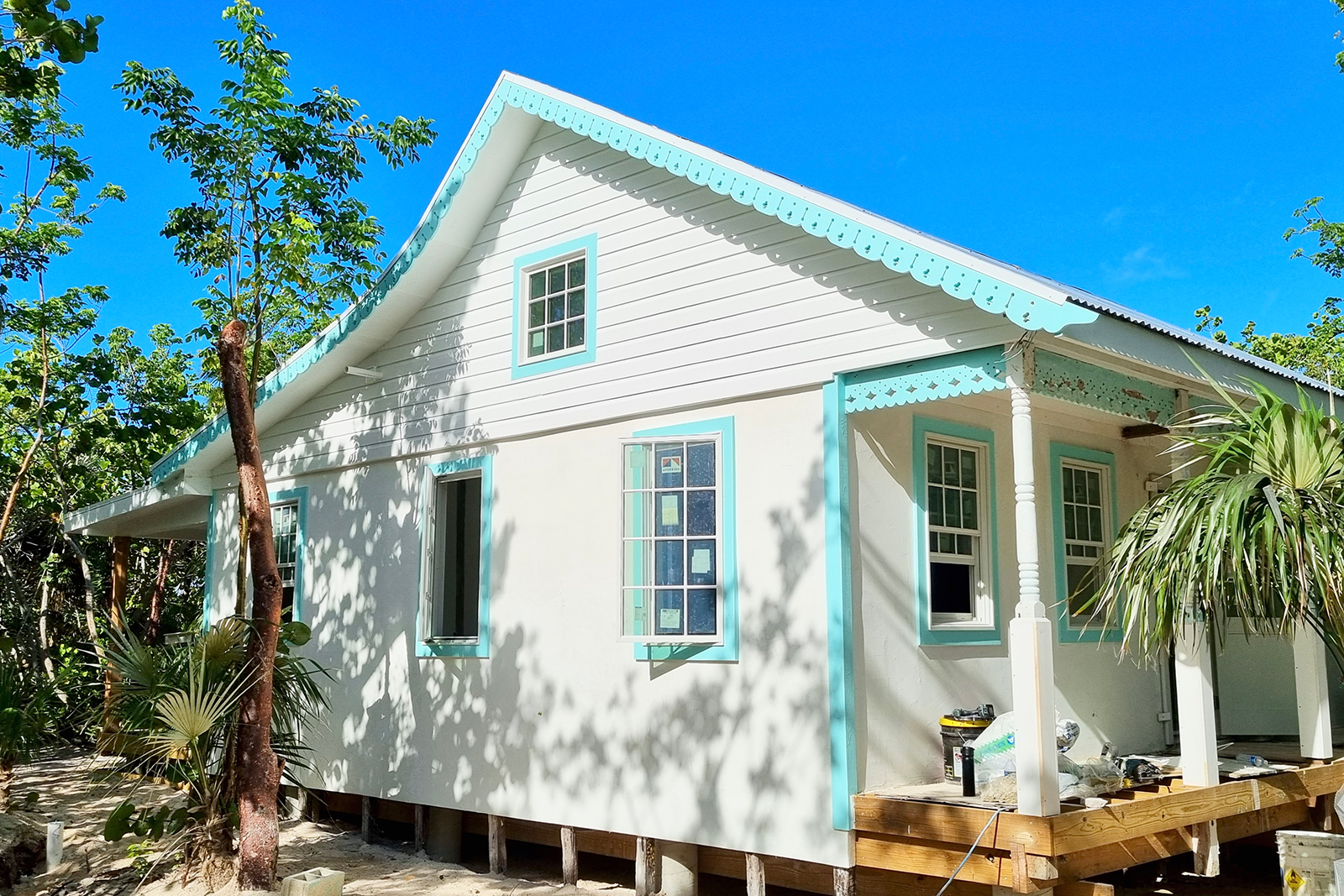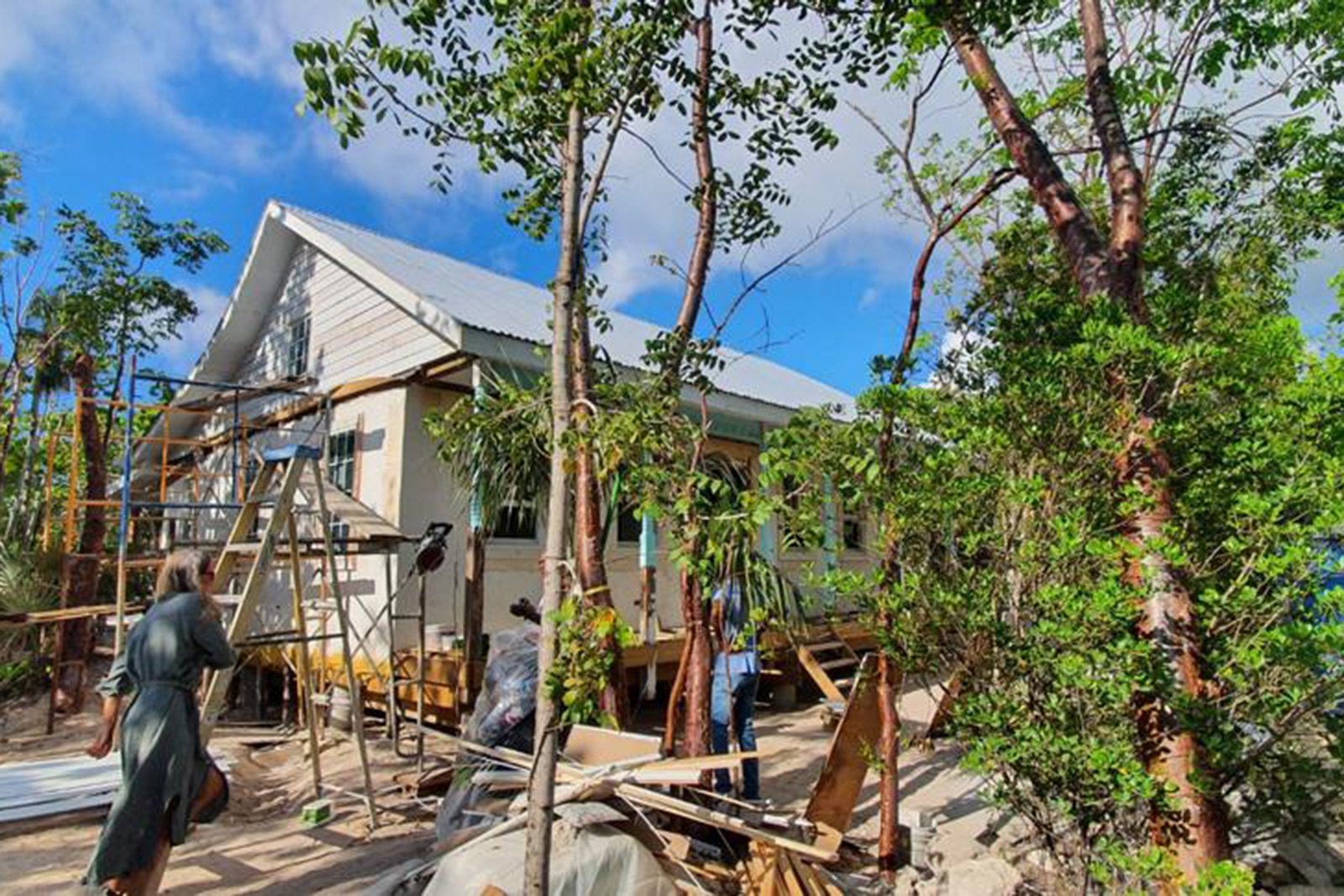The Aldine Franklin house, a 100-year-old Caymanian cottage built from ironwood and wattle and daub, is poised to undergo a remarkable transformation. Under the guidance of architect Lyle Rodney Frederick, the historic structure is being salvaged, transported, and reinvigorated with meticulous care. Although the passage of time has taken a toll on the building, Lyle’s deep knowledge of local architectural styles and materials has enabled him to conceive a vision for its restoration that marries traditional craftsmanship with current-day materials and design principles. Ahead, we’ll explore the complex process of relocating and rebuilding this Caymanian home.
When architect Lyle Rodney Frederick was appointed to assist in relocating and rebuilding a traditional Caymanian cottage built in 1908, known as the Aldine Franklin house, he had a vision of what it would take.
As a lifelong resident of the Cayman Islands with a sophisticated grasp of the architectural style, Lyle saw the potential in the project. However, restoring a century-old edifice, particularly one built from ironwood and wattle and daub, materials that are vulnerable to inclement weather, insects and deterioration, posed significant challenges. “The house was dilapidated, and little of the original property remained, having been changed, chopped, and repaired many times over the years,” he explains. “Unfortunately, in addition to many alterations, termites and wet rot damaged much of the original structure, and only 20 to 25 percent could be salvaged.”
“The builder Unit Construction and their craftspeople played vital roles in executing, creating, and revitalising many elements of the old house, allowing it to have a new existence.”
East, west, home’s best
The privately funded initiative to relocate the Aldine Franklin house from West Bay to East End was spearheaded by the Dutton family, who are passionate about Cayman-style architecture. “They came at the project from a warm-hearted place, their intention to preserve as much of the home as possible,” Lyle recounts. With the family possessing a suitable plot of land for the home, the mission to transport and rejuvenate the property commenced in late 2022.
On the move
The initial step was for the Unit Construction team to disassemble the home into panels and encase them utilising plywood sheeting and timber, thus bracing the materials securely for the hour-long journey to and from the respective locations over multiple trips.
Once the rescued materials arrived at the East End site, the reassembly process began. By combining contemporary materials such as white cement and pressure-treated timber with the original ironwood and daub, the team could recreate the style and reinforce the structure’s durability. While maintaining the cherished aesthetic, the modern comforts of air-conditioning, a functional kitchen, and a bathroom have been integrated into the design. The carpenters crafted new elements, repaired and spliced damaged ironwood and recreated panels while maintaining the original construction wherever possible. Additionally, substantial efforts were made to ensure that any components incorporated into the house complied with current building codes.
Recycle, reuse, repair
Adopting an ecologically conscious approach, the team endeavoured to utilise as many materials as possible from the original structure, including the gingerbread trim, ironwood columns, wattle-and-daub panels, and a few roof framing members. The family behind the project also contributed repurposed ironwood from other properties for the undertaking. The house was raised on a new foundation, with concrete stilts, pressure-treated framing for the floors, and a combination of reused and replicated panels, reflective of the original style but constructed sustainably.
The restoration of this historic Caymanian cottage is anticipated to conclude in late summer 2023. It will serve as a family home, blending the past and present and creating an oasis in a stand of seagrape and other native trees, the house nuzzled in, speaking beautifully to its new place.




